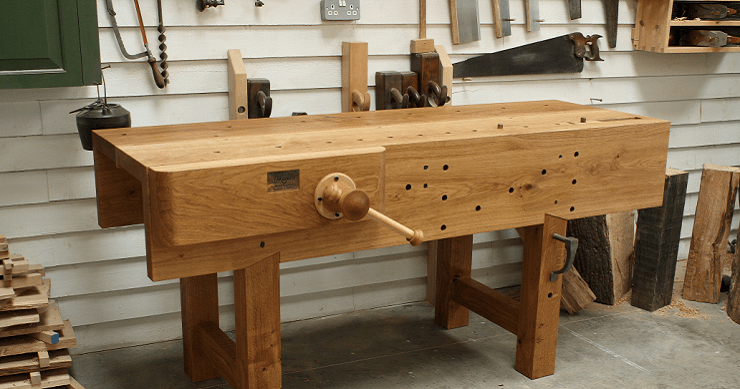The article provides a comprehensive guide to the different types of screws used in woodworking. The primary role of screws in this field is to hold objects or pieces of wood together. They are driven into the wood by a screwdriver, which converts rotational power into force. The anatomy of a screw is broken down into five parts: drive, head, shank, thread, and tip. Drive is the mechanism that aids in installing and removing screws. The head is the top of the screw, which includes the drive. Shank is the smooth area between the head and thread, while the thread is the ridge that wraps around the cylinder in a helix. The tip is the end of the screw.
Screws can be categorized into three types based on their shank and use: machine screws, sheet metal screws, and cap screws. Machine screws have a fully threaded shank and are smaller than average screws, making them ideal for use with nuts and existing tapped holes. Sheet metal screws are versatile fasteners suitable for metal, wood, and plastic. They have a fully threaded shank and a sharp tip that allows them to cut through material. Cap screws are usually used without a nut and are ideal for machine parts like home appliances and electronic devices.
Key Takeaways:
- In woodworking, screws are primarily used to hold pieces of wood together, but some woodworkers prefer to use glue for this purpose.
- A screw consists of different parts including the drive, head, shank, thread, and tip, each playing a crucial role in its function.
- There are various types of screws including machine screws, sheet metal screws, and cap screws, each with distinct features and uses.
“The basic purpose of screws in woodworking is to hold objects or wood pieces together. The head of the screw allows being turned and penetrating the wood piece. However, in many cases, woodworkers prefer glue to attach two pieces, although the importance of screws can’t be denied.”
More details: here






